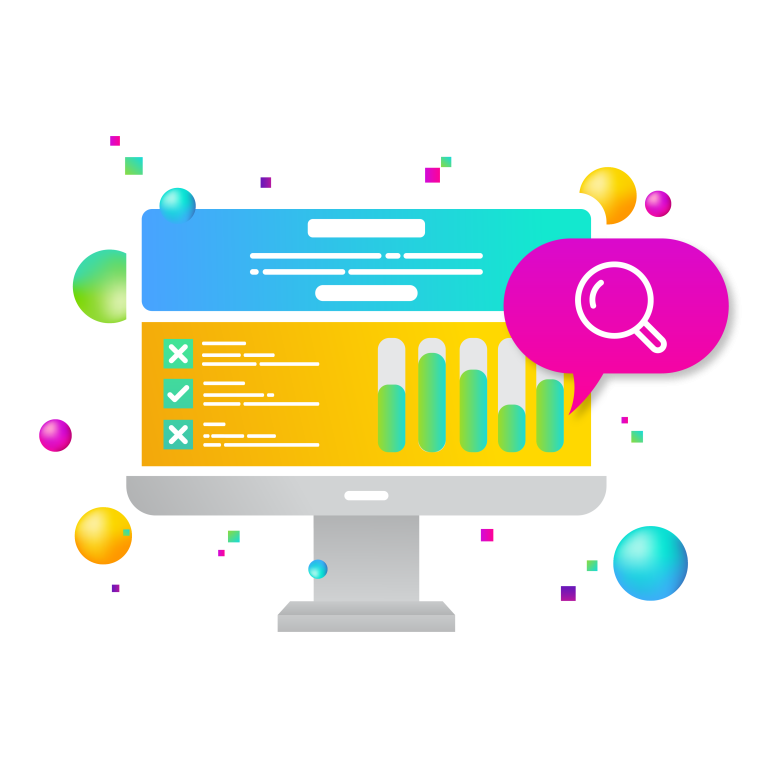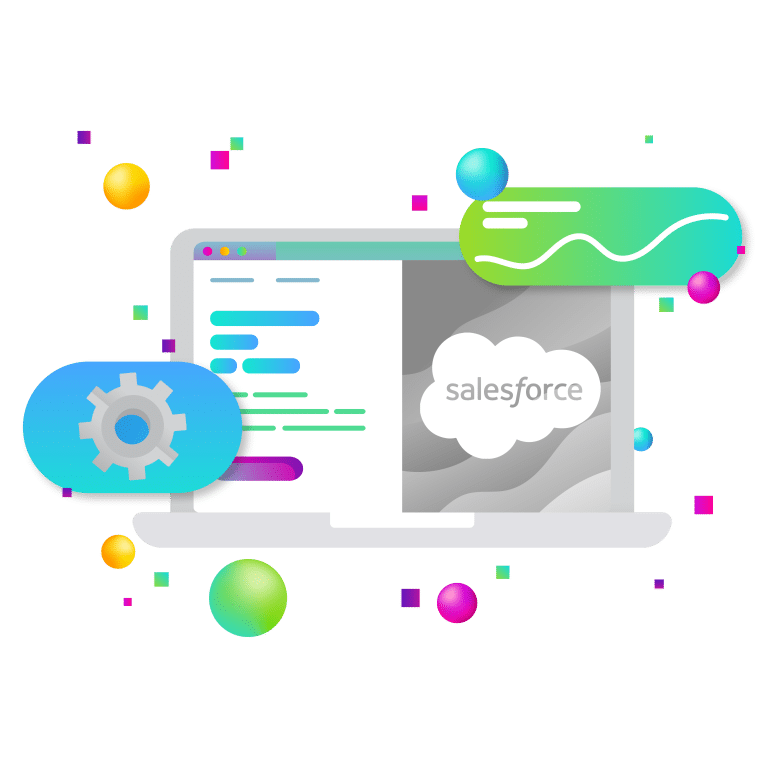Data-driven personalization is what the marketing world is talking about. Customers want to feel understood and valued by the brands they engage with. Generic marketing messages that fail to connect with customers on a personal level are no longer acceptable. With the rise of big data, businesses can now leverage customer data to create personalized experiences that drive engagement and loyalty.

Understanding Data-Driven Personalization
Data-driven personalization in marketing refers to the use of data and technology to deliver personalized experiences to individual customers or target audiences. This approach involves gathering and analyzing data on customers’ behavior, preferences, and characteristics, and using that information to tailor marketing messages, offers, and content to their specific needs and interests.
By leveraging data from various sources such as customer profiles, purchase history, browsing behavior, and social media activity, marketers can create more relevant and engaging marketing experiences for their audience. For example, an ecommerce site might use data to recommend products based on a customer’s previous purchases or a social media platform might show users ads based on their browsing history and interests.
Techniques for Data-Driven Personalization
Behavioral targeting
This technique involves using customer behavior data to deliver personalized marketing messages. For example, if a customer has shown an interest in a particular product or service, businesses can use this data to recommend related products or services to that customer.
Personalized recommendations
This technique involves using customer data to recommend products or services that are relevant to their interests and needs. Amazon and Netflix are excellent examples of companies that have implemented this technique successfully.
Dynamic content
This technique involves displaying different content to customers based on their behavior or preferences. For example, businesses can use customer data to change the content of their website based on the customers’ interests.
Predictive analytics
This technique involves using customer data to predict future behavior and preferences. Businesses can use this data to anticipate customer needs and personalize marketing messages accordingly.
Implementing Data-Driven Personalization
Create customer personas: Businesses should use customer data to create personas that represent their target audience. This will help businesses better understand their customers’ needs and preferences.
Align personalization with business goals: Personalization should align with business goals to achieve better results. Personalization should be used to increase revenue, reduce customer churn, and improve customer satisfaction.
Choose the right tools and technology: Businesses should invest in the right tools and technology to collect and analyze customer data effectively.
Measure the effectiveness of personalization: To determine the effectiveness of personalization, businesses should track metrics such as customer engagement, conversion rates, and customer satisfaction.
Examples of Personalization
There are many companies that are successfully using data-driven personalization to please their customers. Here are a few examples:
Netflix: Netflix uses data-driven personalization to recommend movies and TV shows to its subscribers based on their viewing history, preferences, and ratings. This has helped Netflix to increase customer engagement and retention.
Amazon: Amazon uses data-driven personalization to recommend products to customers based on their browsing and purchase history. This has helped Amazon to increase sales and customer loyalty.
Spotify: Spotify uses data-driven personalization to recommend songs and playlists to its users based on their listening history, preferences, and behavior. This has helped Spotify to increase user engagement and retention.
Sephora: Sephora uses data-driven personalization to recommend products to customers based on their skin type, tone, and preferences. This has helped Sephora to increase customer satisfaction and loyalty.
Challenges of Data-Driven Personalization
While data-driven personalization offers numerous benefits, it also presents several challenges and limitations. Some of these challenges include:
Privacy concerns: Customers are becoming increasingly concerned about their privacy, and businesses must ensure that they handle customer data responsibly.
Data quality and accuracy: Businesses must ensure that the data they collect is accurate and reliable. Otherwise, they risk creating personalized experiences that are irrelevant or even offensive to their customers.
Balancing personalization with brand consistency: While personalization is essential, businesses must ensure that they maintain brand consistency in their marketing messages.
Data-driven personalization is the future of marketing. With the rise of big data, businesses can now create personalized experiences that meet their customers’ expectations and drive engagement and loyalty.



